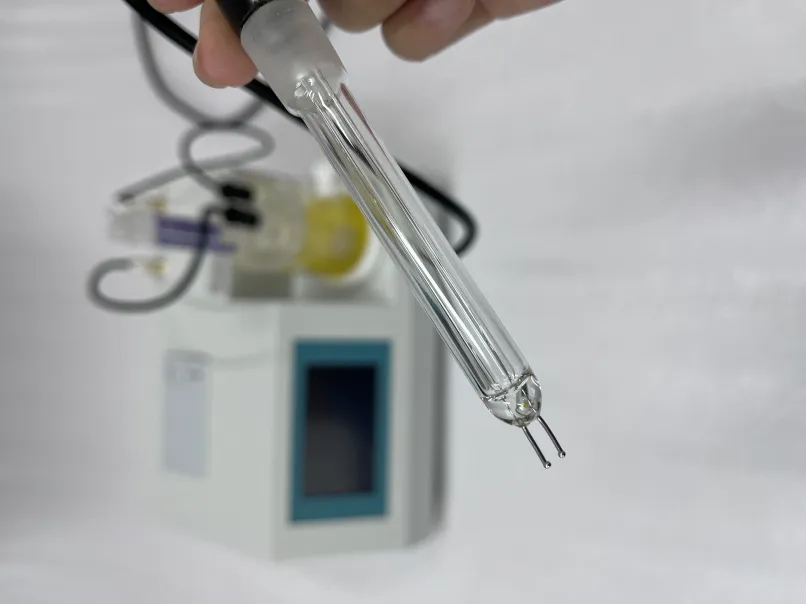 English
English


Evaluation of Ct Tan Delta Test for Insulation Material Performance and Quality Assessment
Understanding the CT Tan Delta Test A Comprehensive Overview
The CT (Capacitive Transformer) Tan Delta Test is a crucial diagnostic method in the field of electrical engineering, particularly in the maintenance and performance assessment of electrical insulation systems. This test is primarily used to evaluate the quality and reliability of insulating materials used in high-voltage equipment such as transformers, switchgears, and cables. Understanding the principles, procedures, and implications of the CT Tan Delta Test can significantly enhance the effectiveness of maintenance strategies and improve the operational lifespan of electrical assets.
Principle of the Tan Delta Test
The principle behind the Tan Delta Test lies in the measurement of the power factor (or loss angle) of an insulation system. When an alternating current (AC) voltage is applied to an insulator, a small amount of current flows through the insulating material due to imperfections and absorption properties. This current component is known as the capacitive current, while the resistive current signifies leakage. The ratio of the resistive current to the capacitive current gives rise to the tangent delta (tan δ) value, a measurement of insulation loss and quality.
Essentially, tan δ is a measure of the efficiency of the insulation. A lower tan δ indicates that the insulating material is functioning effectively, while a higher tan δ suggests increased losses, typically due to moisture absorption, contamination, or aging. This makes the Tan Delta Test a valuable tool for predictive maintenance, allowing engineers to make informed decisions regarding equipment health and necessary servicing.
The Testing Procedure
Conducting a Tan Delta Test involves several key steps
1. Preparation Before the test, the equipment should be isolated from the electrical supply to ensure safety. Inspect the insulation for visible signs of damage or wear. 2. Setup The test setup includes a voltage source, a measuring device, and the high-voltage insulation to be tested. The standard test voltage typically ranges from 1 kV to 100 kV.
3. Testing The test applies an AC voltage to the insulation. During this phase, the current flowing through the insulation is measured, allowing for the calculation of the tan δ value.
ct tan delta test

4. Data Analysis The results are compared to baseline data or industry standards. An increase in tan δ compared to previous test results or accepted threshold values may indicate deterioration of insulation.
5. Reporting After the analysis, a detailed report is generated outlining the test conditions, results, and recommendations for further action.
Implications of the Tan Delta Test Results
The interpretation of tan δ results is critical for the health management of electrical equipment. Generally accepted threshold values for tan δ vary and are dependent on the specific type of insulation material and operating conditions.
- Acceptable Levels A tan δ value typically below 0.1% is considered acceptable for most high-voltage equipment, suggesting that the insulation system is in good condition. - Moderate Risk Levels Values between 0.1% and 0.5% indicate potential issues that may necessitate closer surveillance or regular monitoring.
- High Risk Levels Values above 0.5% are concerning and typically warrant immediate action, which may include equipment servicing, replacement, or further investigation.
Conclusion
The CT Tan Delta Test is an essential tool in the arsenal of electrical maintenance practices. By providing a clear assessment of insulation health, it enables organizations to reduce the risks of electrical failures, improve equipment reliability, and optimize maintenance schedules. As the demand for uninterrupted power supply continues to rise, understanding and implementing effective testing methods like the Tan Delta Test becomes increasingly important in ensuring the safety and efficiency of electrical systems.
-
Differences between open cup flash point tester and closed cup flash point testerNewsOct.31,2024
-
The Reliable Load Tap ChangerNewsOct.23,2024
-
The Essential Guide to Hipot TestersNewsOct.23,2024
-
The Digital Insulation TesterNewsOct.23,2024
-
The Best Earth Loop Impedance Tester for SaleNewsOct.23,2024
-
Tan Delta Tester--The Essential Tool for Electrical Insulation TestingNewsOct.23,2024





